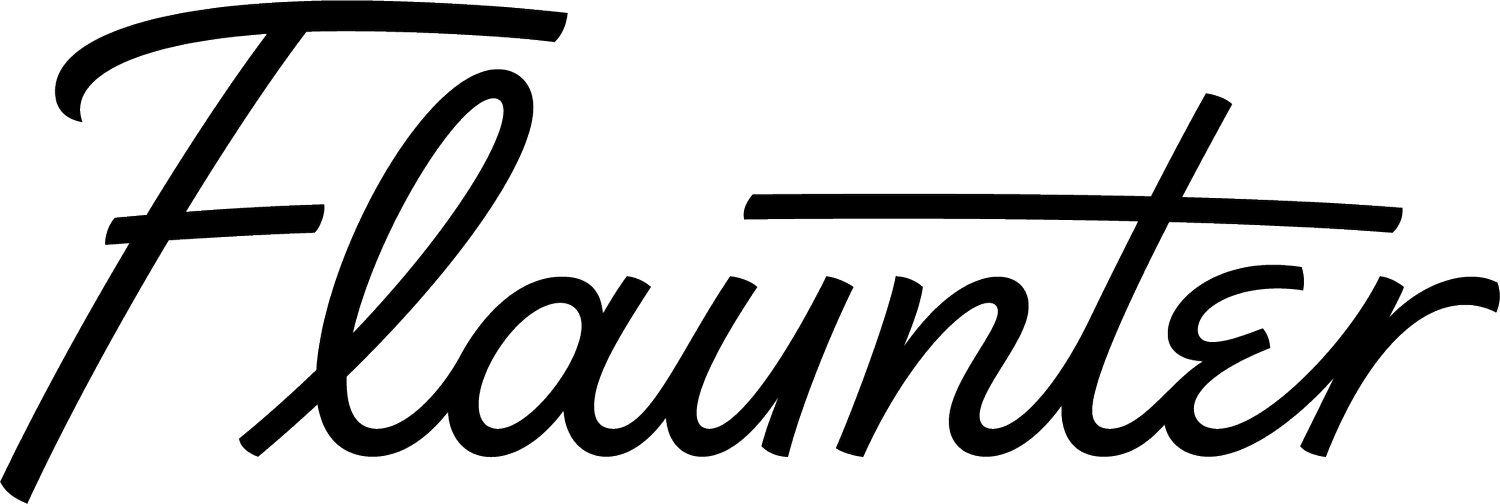The secret to making your content more discoverable – 5 best practice tips for image SEO
Content is king. But, it’s also a bit of a diva. The better you treat content, the more it will do for you.
If you’re a business owner or marketer, chances are you’ve heard about image SEO and its benefits. But what exactly is image SEO? It’s the art of optimising images for search engines so that they can be found when someone searches for them. If you don’t know how to optimise your images for search engines, then you might be missing out on a ton of traffic and PR from people who are looking for your products.
In this article, we’ll cover some of the best practices for image SEO and how to get started with improving your own images.
You know that feeling when you’re on your computer and you’re looking for something – anything – and you just can’t find it? We feel you. We’ve all been there. And it’s no fun. That’s why we’ve come up with a list of 5 image SEO best practice tips to help make your content easier to discover.
ONE
Context matters. Create or use an image that’s appropriate for the topic of your post/page and audience. Consider using captions to add context to your images.
TWO
Always use original content – steer clear of stock imagery. It’s important that you use high-quality images that are relevant to your content, optimised for search engines and pleasing to the human eye.
THREE
Name your files before uploading them – no-one wants to see IMG2023! Make sure the image file name is descriptive and uses keywords that are relevant to your post, but not too long (remember, keywords can only be so long).
FOUR
Alt tags are a must! Search engines require alternative text tags for images, so if you want your content to rank highly in relevant searches, its important to add them. They’re also useful for visually impaired users who rely on screen readers.
FIVE
Make it mobile-friendly and choose the right format and size for your visual content. When using Flaunter, make sure to use high-resolution images (300 dpi) so that media can download immediately for publishing. When working on your website, compress your image size to allow a faster page load time.
Image SEO best practices can help your content be found by potential customers, media, content creators and other stakeholders whether they’re looking for it on Google, Pinterest or Flaunter!
Why Image SEO is important for Google, Pinterest and Flaunter Image Search Engines
When someone searches for a phrase or word in Google, Pinterest or on Flaunter, they expect to see results that are relevant to their query. So if you want your image to show up when someone finds it through an image or elastic search, make sure it has the right keywords in it.
For all our brands on Flaunter, our tagging team adds alt tags to all your content to make sure it’s appropriately discoverable to our database of media, stylists and content creators. You’re welcome!
Why Image SEO matters for your website content
The image is the first thing people see when they search for something online. It’s also the first thing users see when they arrive at your website. For this reason, it’s important to optimize your images for SEO. In addition to helping your content get found more easily, it will also improve engagement on your site and increase the time visitors spend there.
A picture may be worth a thousand words, but if you haven’t optimised your content’s SEO, you’re not going to get very many views, discoveries or downloads. Make sure your brand and content is getting noticed. Start using Flaunter’s digital press center and content discovery feed to instantly have your imagery discoverable by thousands of media, influencers and stylists.

